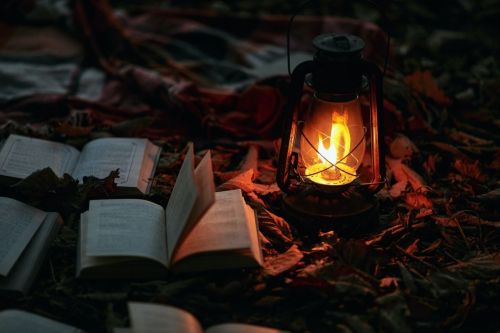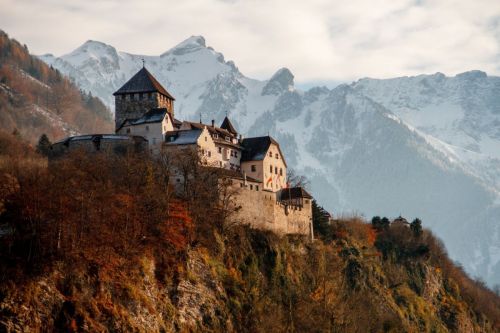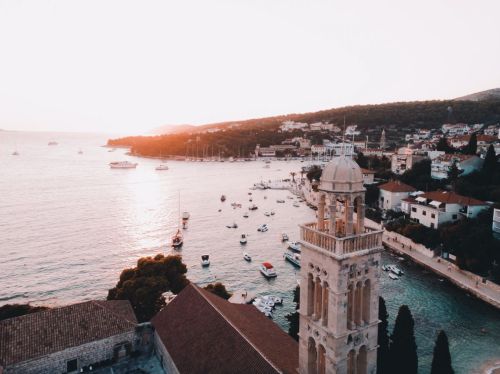Poland is more than 1000 years old. It had many years of prosperity and many years of hard times. It even disappeared from the world maps for more than a century. Despite all the turmoil, Poland is now developing fast, with 32nd place in the Human Development Index (HDI).
Poland is very diverse in nature and landscape. With the sea in the north and the mountains in the south, it offers almost all ecosystem features found in the temperate climate zone.
In addition to modern cities, museums and parks, there are medieval castles, historic battle sites and artifacts reminiscent of the old days of feudal Europe.
In the northeast of the country lies the Masurian Lake District, which every sailing enthusiast should visit. The area is full of small, picturesque lakeside towns as well as vast, wild places where you can moor up during your cruise and spend time in absolute wilderness.
All in all, Poland is worth getting to know, which we would like to make easier for you with some vital information about the history of this country.













